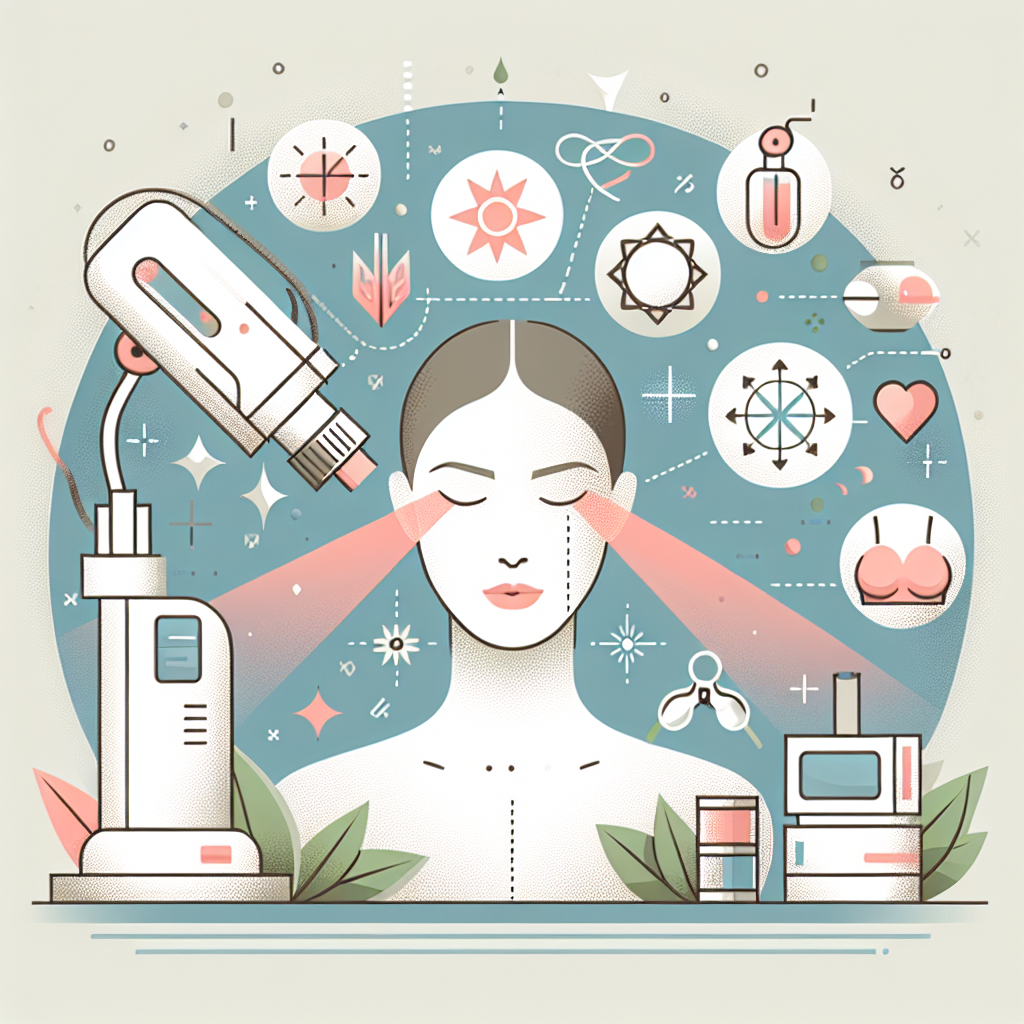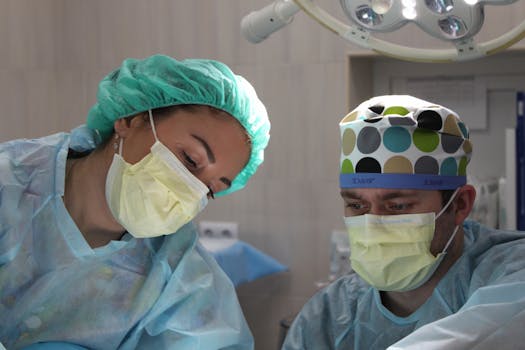Understanding types of laser treatments for face helps you choose a safe, effective route to smoother skin, fewer wrinkles, and improved tone. Lasers target different layers of tissue, so whether you want skin resurfacing, collagen stimulation, or a skin firming laser to address sagging, knowing how each option performs will guide expectations for recovery and results.
Types of laser treatments
Broadly, facial lasers fall into ablative and non‑ablative categories. Ablative lasers remove the top skin layer and deliver dramatic results for deep lines and textural issues, while non‑ablative lasers heat deeper tissue to stimulate collagen with less downtime. Popular types of facial laser include fractional CO2, erbium, Nd:YAG, and pulsed dye technologies — and each appears among the best lasers for face depending on the concern.
Ablative: CO2 and erbium
CO2 (carbon dioxide) is often cited as the best laser resurfacing choice for deep wrinkles and severe sun damage and can be among the best laser treatment for wrinkles. Erbium lasers remove thinner layers and may offer faster recovery with well suited outcomes for fine lines. Both are common facial laser procedures used in comprehensive face rejuvenation treatments and are prime options when clinicians discuss the best skin resurfacing treatment.
Fractional lasers
Fractional lasers — available in both ablative and non‑ablative forms — treat microscopic columns of skin, leaving unaffected tissue between treated zones to speed healing. These are frequently recommended as the best laser facial approach when balancing results with recovery time and are excellent for skin smoothing treatment and enhancing complexion.
Non‑ablative and vascular lasers
Non‑ablative devices like Nd:YAG or certain diode lasers are often used as the best laser for aging skin when minimizing downtime is a priority. Vascular and pigment lasers address redness, broken capillaries, and sun spots as part of skin complexion improvement treatments. Non‑ablative lasers are also used for skin rejuvenation treatments and as adjuncts in facial rejuvenation treatment plans.
How lasers deliver results and target concerns
Face lasers work by removing damaged skin or heating the dermis to stimulate collagen production — a laser treatment for collagen remodeling. The best laser skin resurfacing approach for you depends on goals: deep resurfacing for pronounced wrinkles, fractional therapies for textural smoothing, and non‑ablative protocols for subtle lifting or treating neck skin. Some clinics even adapt techniques for body areas, offering laser treatment on arms for sun damage or scarring.
Choosing the best face laser or best facial laser treatment requires evaluation of skin type, tolerance for downtime, and the specific issues you want to correct. For neck tightening, providers may recommend devices with longer wavelengths; the best laser for neck tightening is often different from the best skin tightening laser for face. When combined with energy‑based skin tightening therapies, facial lasers can deliver more comprehensive support for sagging or laxity.
What to expect in recovery and results
Recovery varies: non‑ablative lasers often cause a few days of redness and swelling, while fully ablative resurfacing may require one to two weeks of wound care and several months for full color normalization. Results can be dramatic with the best laser treatment for face and the best laser treatment for aging skin, but some procedures need a series of sessions for optimal outcomes.
Treatment goals like improved texture, reduced wrinkles, and skin smoothing treatment are typically achieved over time as collagen rebuilds. Discuss realistic timelines with your clinician and ask about combined strategies — combining a fractional laser session with topical therapies or resurfacing can maximize the effects while reducing total recovery compared to repeated deep ablative sessions.
For more technical background on resurfacing approaches and expectations, see this authoritative overview on laser skin resurfacing: laser skin resurfacing. For updates on devices and consumer tech that support clinical options, explore industry coverage via descriptive anchor text.
Choosing a provider and planning treatment
Prioritize board‑certified dermatologists or experienced cosmetic physicians who perform facial laser procedures regularly. Ask to see before‑and‑after photos and inquire about which technologies they consider the best lasers for wrinkles or the best laser for aging skin in patients with similar skin tones. A skilled clinician will match the types of laser for face to your goals — whether that’s aggressive resurfacing, subtle skin rejuvenation treatments, or a series of milder laser facials for ongoing maintenance.
- Takeaways: Choose a laser type (ablative vs non‑ablative) based on downtime and goals.
- Takeaways: Fractional CO2 and erbium are top options for resurfacing and wrinkle reduction.
- Takeaways: Non‑ablative lasers and Nd:YAG are useful for collagen stimulation and quicker recovery.
- Takeaways: Discuss neck tightening, skin smoothing treatment, and complexion goals with a specialist.
FAQ: How many sessions will I need?
Answer: It depends on the device and concern. Non‑ablative treatments often need 3–6 sessions spaced weeks apart; ablative resurfacing may be a single procedure with significant downtime. Your provider will recommend a plan based on severity and desired speed of results.
FAQ: Are lasers safe for darker skin tones?
Answer: Many lasers can be safely used on darker skin types, but risk of pigment changes is higher. Providers will select specific wavelengths and settings or alternative modalities to minimize complications. Pre‑treatment evaluation and experienced operators are essential.






